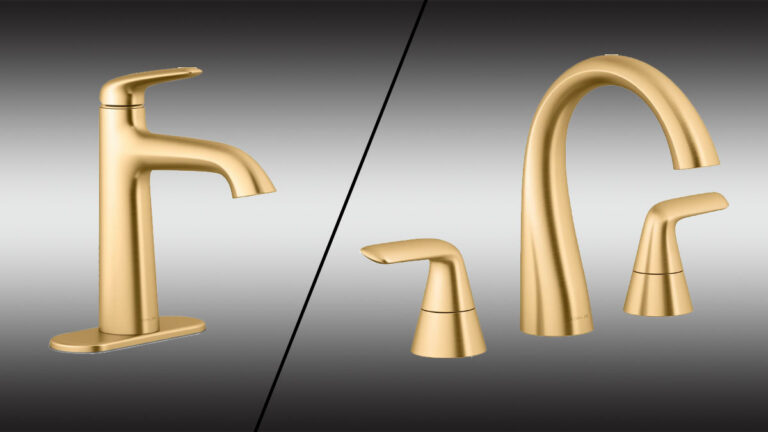How To Remove Soap Scum From Bathtub
Soap scum in your bathtub can be stubborn and unsightly, turning a relaxing space into a chore zone. But don’t worry, you can tackle it effectively with the right approach. In this text, you’ll learn what causes soap scum, essential tools for removal, step-by-step cleaning methods, how to keep your tub sparkling, and when it’s time to bring in the pros.
Understanding Soap Scum And Its Causes
Soap scum forms when the fatty acids in soap combine with minerals like calcium and magnesium found in hard water. This sticky, filmy residue clings to your bathtub surfaces, making them look dull and grimy. Over time, soap scum can build up layers that aren’t just unpleasant to look at, they can also become breeding grounds for mold and mildew. Knowing that soap scum is essentially a mix of soap residue and mineral deposits helps you approach its removal with strategies that break down both components effectively.
Essential Tools And Ingredients For Removal
Before diving into scrubbing, gather your arsenal. You’ll need:
- Soft scrubbing sponges or non-abrasive scrub brushes: To avoid scratching your tub’s finish.
- Spray bottles: For applying solutions evenly.
- Microfiber cloths or towels: For wiping down surfaces.
Key ingredients often include:
- Baking soda: A gentle abrasive that helps lift grime.
- White vinegar: Cuts through mineral deposits.
- Dish soap: Helps dissolve oils and soaps.
- Commercial soap scum removers: Useful for tough buildup but handle with care.
Armed with these tools and ingredients, you’re ready to break down and wash away soap scum efficiently.
Step-By-Step Methods To Remove Soap Scum
Using Baking Soda And Vinegar
Start by sprinkling baking soda liberally over the affected areas. Spray white vinegar over the baking soda: you’ll notice a fizzing reaction, that’s the solution breaking down the scum. Let it sit for 15 minutes to penetrate. Then, using a damp sponge or soft brush, scrub in circular motions to lift the residue. Rinse thoroughly with warm water.
Applying Commercial Cleaners Safely
If baking soda and vinegar don’t do the trick, apply a commercial soap scum remover according to the label’s instructions. Always wear gloves and ensure good ventilation. Spray the cleaner, wait the recommended time, scrub gently, and rinse well. Be mindful to avoid mixing cleaners to prevent harsh chemical reactions.
Natural Alternatives For Soap Scum Removal
If you prefer eco-friendly options, lemon juice is a natural acid that can dissolve soap scum. Mix lemon juice with water or baking soda to create a paste. Apply, let it sit for 10–15 minutes, then scrub and rinse. Similarly, castile soap combined with vinegar offers a milder yet effective cleaning solution for sensitive surfaces.
Preventing Soap Scum Buildup In The Future
Tips For Maintaining A Spotless Bathtub
Prevention is much easier than tough scrubbing. Consider these habits:
- Rinse your tub after every use: Warm water washes away soap residue before it sets.
- Use a squeegee or towel to dry surfaces: This removes lingering moisture that fosters scum.
- Switch to liquid soap or shower gels: They tend to leave less residue than bar soaps.
- Regularly clean your tub once a week: A quick wipe-down keeps buildup minimal.
- Install a water softener: If hard water is a constant issue, softening it reduces mineral deposits drastically.
These simple practices can keep your bathtub looking clean and fresh with less effort.
When To Call Professional Cleaners
Sometimes soap scum layers get so thick or stubborn that DIY methods aren’t enough. If your bathtub surface is still grimy after several cleaning attempts or if you’re dealing with delicate materials like natural stone that need special care, it’s wise to call a professional. Experts have industrial-grade tools and safe, specialized cleaners that can restore your tub without damage. Also, if mold or mildew are present, professional intervention will ensure a thorough and safe removal.
Conclusion
Getting rid of soap scum doesn’t have to be a dreaded chore. By understanding what causes it and using the right tools and methods, from simple baking soda and vinegar treatments to natural alternatives, you can reclaim your bathtub’s shine. Stay consistent with cleaning and preventative care to avoid buildup, and don’t hesitate to seek professional help when necessary. Your bathtub can be a clean, inviting space again with just a little effort and know-how.

